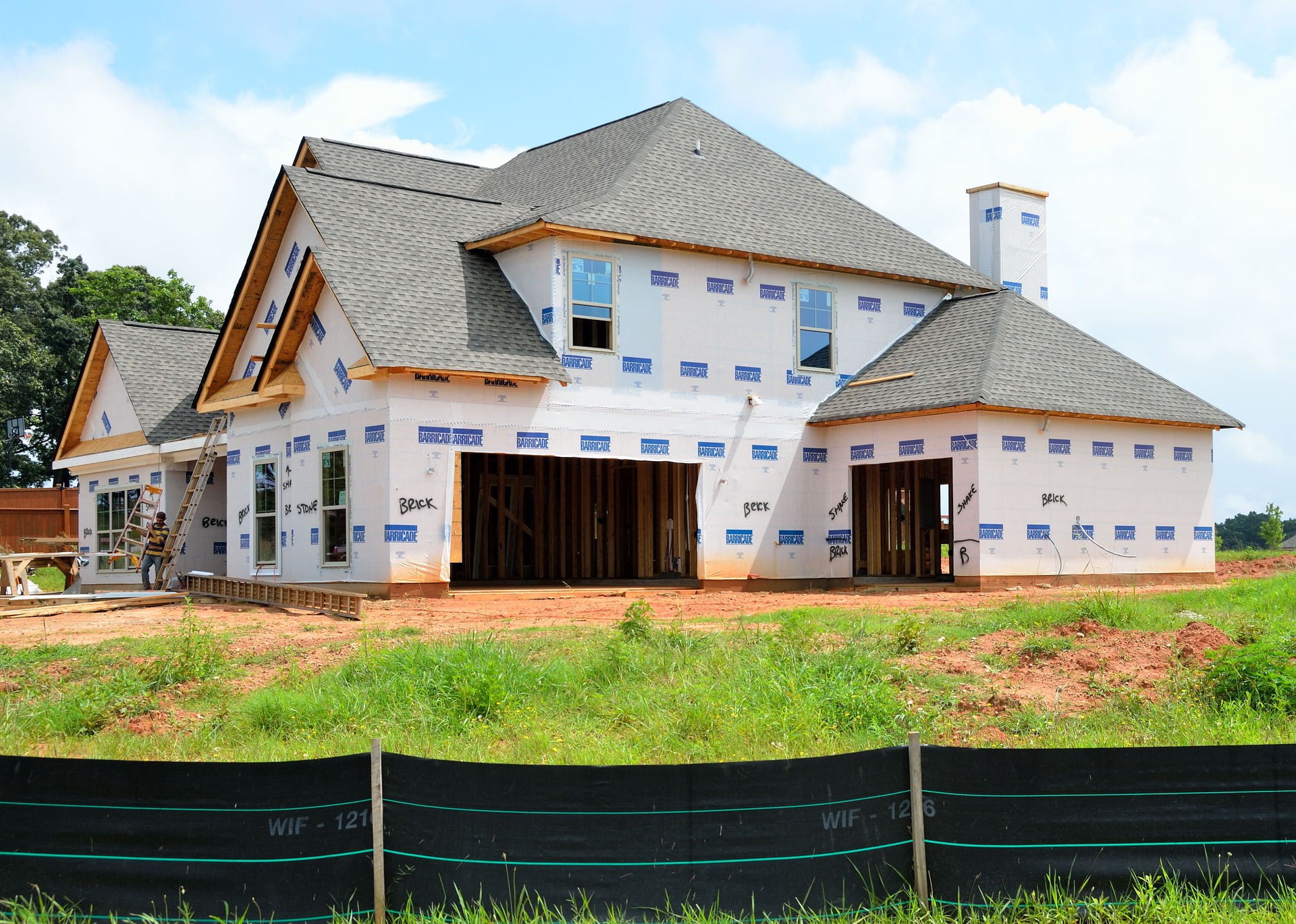Granny Pods: Practical ADUs for Aging Family Care
Granny pods (also called ADUs or granny annexes) are compact, self-contained living units placed on a family property to support aging relatives. They deliver independence, safety, and proximity—combining accessible design with easier caregiving while navigating zoning, costs, and construction choices.

Granny Pods: Practical ADUs for Aging Family Care
As families search for ways to support elderly relatives while preserving autonomy, granny pods have become a popular option. These compact, self-contained dwellings—also known as accessory dwelling units (ADUs) or granny annexes—are built on the same lot as the main house and are designed to balance closeness with personal space. They let seniors live independently nearby while giving families greater flexibility in caregiving.
Why Families Choose Granny Pods
Granny pods provide several key advantages for older adults and their families. For seniors, they offer privacy and the dignity of having a separate residence, while still being steps away from family support. Many pods are tailored for accessibility, reducing hazards and making everyday tasks easier. The result is often improved physical safety, less social isolation, and better mental well-being.
From a caregiver’s perspective, living close but not under the same roof eases the emotional strain of constant supervision. Quick check-ins and help with meals, medication, or appointments become more manageable, which can prevent burnout and preserve family relationships. Additionally, a well-designed ADU can increase property value and can sometimes cost less over time than full-time assisted living.
Design and Construction Priorities
When planning a granny pod, thoughtful design focused on accessibility and safety should drive decisions. Typical design elements include a single-level layout to eliminate stairs, widened doorways and hallways for walkers or wheelchairs, and non-slip flooring to minimize fall risk. Bathrooms should include grab bars and curbless showers, lighting must be ample and glare-free, and fixtures should be easy to operate.
Families may choose prefabricated units, modular builds, custom construction, or conversions of existing structures such as garages. Prefab and modular options often afford quicker installation and predictable costs, while custom builds allow for tailored layouts and finishes. Work with architects or manufacturers experienced in accessible design to make sure the unit meets the household’s long-term needs.
Size typically ranges from about 300 to 800 square feet, though exact dimensions are dictated by available yard space and local regulations. During planning, consider storage, caregiver sleeping arrangements, and whether you need medical or emergency-monitoring systems wired in.
Legal, Zoning, and Utility Considerations
Regulations for ADUs vary widely across municipalities. Before breaking ground, check local zoning rules for setbacks, maximum unit size, and permitted uses. Building codes govern structural integrity, insulation, electrical and plumbing systems, and accessibility requirements. Many jurisdictions also require permits for new construction, and some have rules about renting out ADUs or separate utility meters.
Consult your city or county planning department early in the process and consider legal advice for complicated cases. Utility connections—separate or shared water, sewer, HVAC, and electrical systems—should be planned with an eye to convenience and cost. Some homeowners opt for independent metering; others prefer to keep services on the main house account, depending on billing and tax implications.
How Granny Pods Affect Family Life and Caregiving
A granny pod can reshape household dynamics in positive ways. It preserves private space for older adults while making regular interaction easy, which supports emotional closeness without eroding boundaries. For caregivers, the ability to offer intermittent assistance without constant proximity reduces stress and allows for a better balance between caregiving and personal obligations.
That said, open communication about expectations—visitor policies, caregiving responsibilities, shared chores, and privacy—remains essential. Families should set clear agreements up front to prevent misunderstandings and to create a sustainable caregiving arrangement.
Costs and Long-Term Financial Considerations
Costs vary depending on type, customization, and local labor rates. Typical ranges include prefab/modular units, custom-built pods, or converting existing spaces. Consider not only construction expenses but also ongoing costs like utilities, maintenance, property taxes, and insurance.
| Type of Granny Pod | Average Cost Range | Key Features |
|---|---|---|
| Prefab/Modular | $40,000 - $125,000 | Faster installation, limited customization |
| Custom-Built | $100,000 - $250,000 | Fully tailored design, longer build time |
| Converted Garage | $20,000 - $75,000 | Uses existing structure, may face layout limits |
Prices and estimates are based on available information and may change over time. Independent research is recommended before making financial decisions.
In addition to up-front construction costs, expect recurring expenses: utilities (if billed separately), periodic repairs, additional homeowners insurance coverage, and potential increases in property taxes due to added living space. Many families find that over the long term, a granny pod can be a cost-effective alternative to assisted living facilities—especially when it preserves the senior’s independence and reduces commuting or in-home caregiving demands.
Planning for Success
To maximize benefits, start with a clear needs assessment: what level of mobility does the older adult have, are there medical needs, and how involved will family caregivers be? Engage architects, ADU specialists, and local permitting authorities early. Factor in future-proofing measures such as space for medical equipment, universal design features, and the potential to adapt the unit as needs change.
Finally, maintain family conversations about boundaries, emergency plans, and financial responsibilities. A well-executed granny pod can bolster independence, enhance safety, and preserve family harmony—making it a compelling option in a growing array of multi-generational housing solutions.
This article is for informational purposes only and should not be considered medical advice. Please consult a qualified healthcare professional for personalized guidance and treatment.






